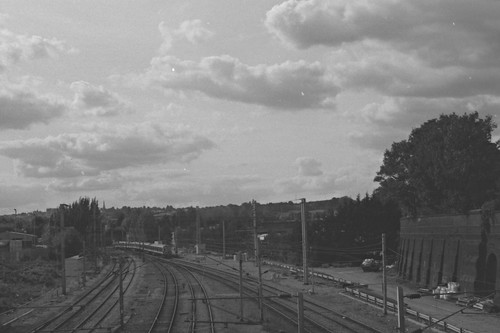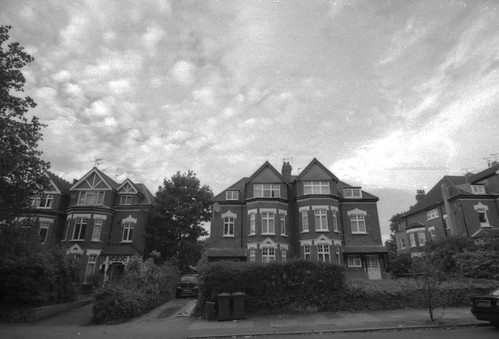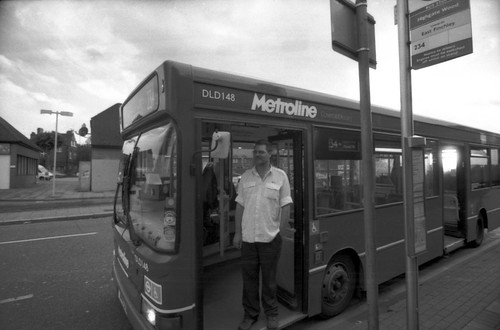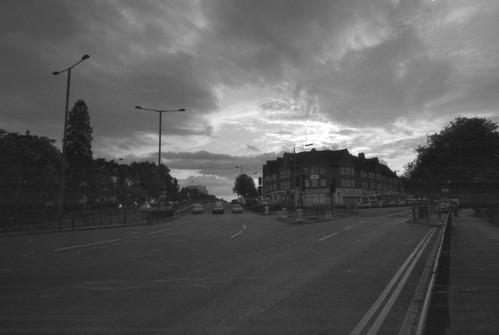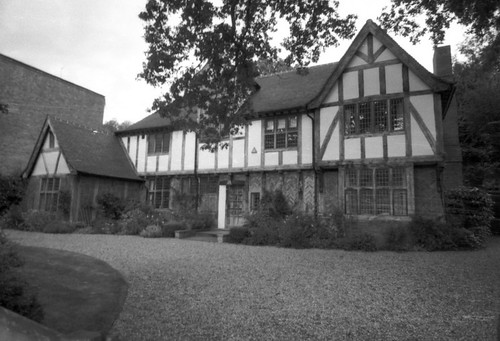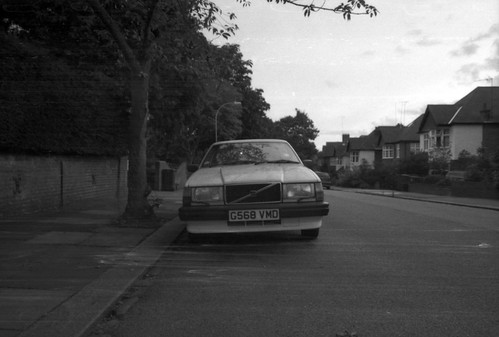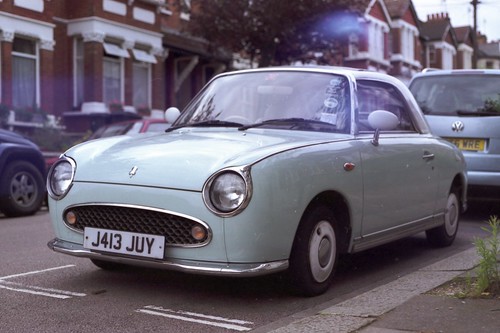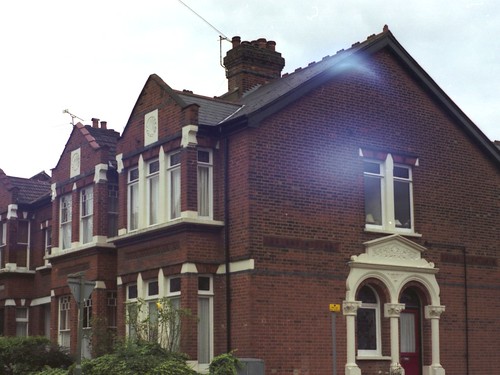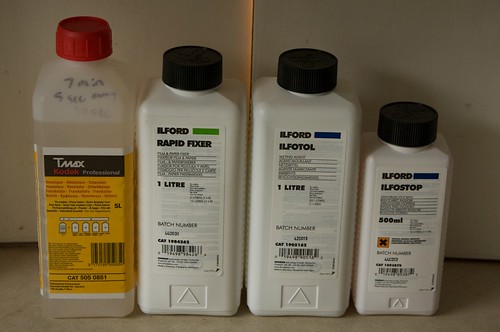- Messages
- 2,659
- Name
- Mike
- Edit My Images
- Yes
Confused is perhaps an understatement! There seems to be so many ways to develop film and so many different chemicals - the mind boggles 
Can anyone point me in the right direction with regards to a basic guide on how it's done and what I'll need? SO far I'm aware that I'll need a dark bag to put the film on a spool and into a development tank (Paterson...?). Once that's done I need to add developer and run through a process of agitation - the timing of which depends on the type of film you have, the temperature and the developer you're using. Next up is stop bath and fixer.... :shrug:
I have no idea what kind of chemicals to buy for my films - basic Jessops 35mm 400 iso film. Please can someone kindly provide a step by step instruction and a list of recommended chemicals for me to buy... and where to buy them. Perhaps this will be useful to other beginners like me. Thanks in advance!
Can anyone point me in the right direction with regards to a basic guide on how it's done and what I'll need? SO far I'm aware that I'll need a dark bag to put the film on a spool and into a development tank (Paterson...?). Once that's done I need to add developer and run through a process of agitation - the timing of which depends on the type of film you have, the temperature and the developer you're using. Next up is stop bath and fixer.... :shrug:
I have no idea what kind of chemicals to buy for my films - basic Jessops 35mm 400 iso film. Please can someone kindly provide a step by step instruction and a list of recommended chemicals for me to buy... and where to buy them. Perhaps this will be useful to other beginners like me. Thanks in advance!




